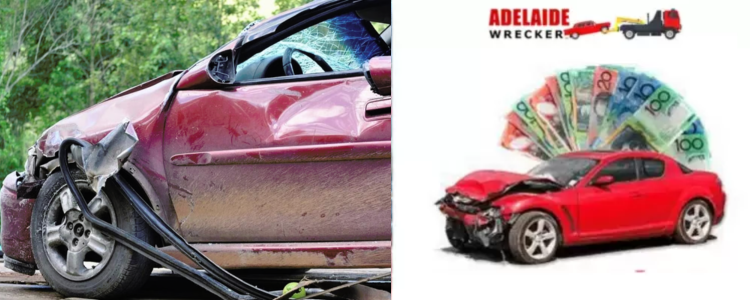The role of the auto wrecking industry in environmental conservation is increasingly significant. Auto wrecking today is not just about taking apart old cars. It’s also about being environmentally friendly and helping the planet. They help remove unwanted vehicles causing pollution in the most sustainable and convenient ways.
What Is The Auto Wrecking
Auto-wrecking involves dismantling vehicles that are no longer roadworthy or repairable. It is important to reclaim valuable materials and dispose of hazardous components responsibly. Auto-wrecking helps the environment by using new methods for the disposal of vehicles.
The Process Of Sustainable Auto Wrecking
There are several different steps of sustainable auto wrecking in Adelaide. All the steps are briefly explained below to provide you with a better understanding of the entire process.
Step 1: Vehicle Inspection: The sustainable auto wrecking begins with a thorough inspection of the vehicle. Trained technicians assess the condition of the car to determine if it’s suitable for recycling. They examine whether specific components can be salvaged or not. This step ensures that the wrecking process is environmentally responsible from the get-go.
Step 2: Fluid Removal: Before any dismantling takes place, all fluids must be removed from the vehicle. This includes engine oil, transmission fluid, and coolant. These fluids are collected and disposed of to prevent contamination of the environment.
Step 3: Parts Salvaging: Not all parts of an old car are destined for the scrap heap. Valuable components like the engine, transmission, and electronic systems still have life in them. These parts are carefully removed, refurbished, and made available for reuse. It reduces the need for new manufacturing and conserving resources.
Step 4: Dismantling and Recycling: Once salvageable parts are removed, the car goes through systematic dismantling. It’s broken down into its core materials, such as steel, aluminium, and plastics. These materials are then sorted and sent to recycling facilities. Manufacturing with recycled materials reduces the need for new resources and saves energy.
Step 5: Safe Disposal of Hazardous Materials: We handle hazardous materials, such as batteries and switches with care. We remove the harmful materials from the car. Then, we dispose of them according to environmental rules.
Step 6: Environmental Compliance: Sustainable auto wrecking facilities adhere to strict environmental regulations and sustainability standards. They invest in eco-friendly technologies and practices to minimize their carbon footprint.
The Role Of Auto Wrecking In Environmental Conservation
Recycling and Reducing Waste- Auto wrecking is important for the environment because it recycles materials. Steel and aluminum are recycled, reducing the need for new metal production. Making new metal requires a lot of energy and emits greenhouse gases. Auto wrecking helps reduce pollution and save resources by recycling these materials.
Proper Disposal of Hazardous Materials- Vehicles have dangerous materials like oil, fluid, and batteries with lead and mercury. We need to wreck cars to dispose of or recycle materials in a safe, eco-friendly way. This careful handling prevents soil and water contamination, protecting ecosystems and public health.
Conserving Energy and Resources- The recycling aspect of auto wrecking also contributes to significant energy conservation. Recycling metals needs less energy than making new metals from raw materials. Using less energy reduces carbon emissions, which helps fight climate change.
Promoting a Circular Economy- Auto-wrecking is essential for the circular economy. It helps extend the life of materials. Auto wrecking helps the environment by reusing car parts and recycling materials. This reduces the need for new resources. This creates a sustainable economic model that values resourcefulness and minimizes waste.


